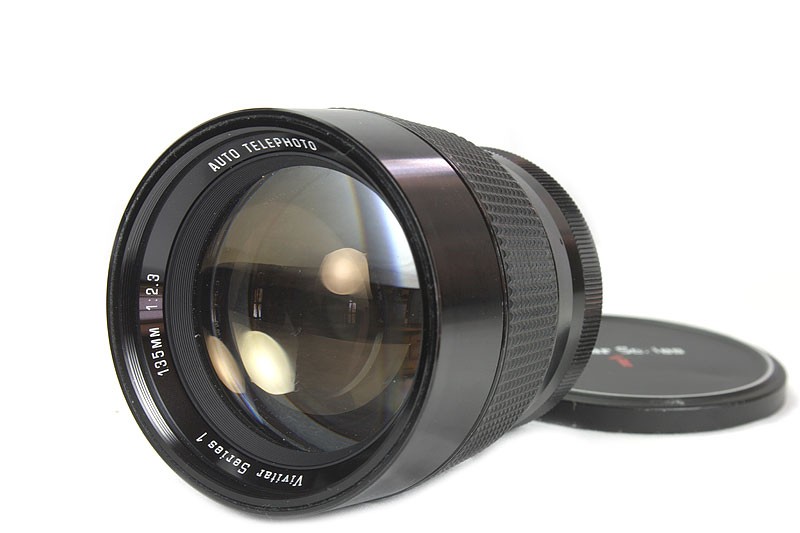

BTW, if you are interested, this lens uses Honeywell TCL Detector system for AF. As a result, the AF mechanism is completely independent of the camera body being used. There is a semi-transparent stripe that reflects the incoming light to the AF module inside of the lens. The image below shows the key element of this lens’ AF mechanism. Press one of the two AF buttons to activate the auto focus capability. OFF means turning of the AF capability, while A and C indicate single frame and continue AF, respectively.

Next to the top AF button has a switch marked with A, OFF and C.
Vivitar lens filters series 1 serial number#
It shows that this lens has VMC coating and was made by Cosina (09 in the serial number) during the 51th week (51) in 1984 (4) with batch serial number 13XX. The bottom of the lens barrel has the batter chamber and three AAA type batteries are needed. The buttons on the top and one side of the lens barrel are for activating AF. This is an IF lens and the lens won’t rotate when focusing. The following images show the lens, which has a Nikon F-mount. This lens has its AF mechanism built into the lens body rather than on a SLR body, and, as a result, it is compatible will virtually ALL bodies, modern DSLR and MILC included. (a) Pentax ME-F (b) Olympus OM-F (c) Nikon F3AF (d) Canon T-80Īround 1985, the year Minolta released the really modern AF SLR camera, the Minolta Maxxum 7000, Vivitar made their first (perhaps) AF lenses Vivitar Series 1 200mm f/3.5 Auto Focus. Finally, Canon joined this first generation AF SLR war with Canon T-80 (1985), which uses the old FD mount and has three lenses, AC 50mm f/1.8 (image (d)), AC 35-70mm f/3.5-4.5 and AC 75-200mm f/4.5. Note that both Nikon lenses are not compatible with the current Nikon AF and AFS lenses.

The former has a Zuiko Auto Zoom 35-70 f/4 AF (image (b)) while the latter has two lenses: Nikon AF 80mm f/2.8 (image (c)) and Nikon AF 200mm f/3.5. This was followed shortly with Olympus OM-F aka OM-30 and Nikon F3AF. This is the mother of all modern AF SLR’s. The next landmark in SLR AF is the 1982 Pentax ME-F (image (a)) below) with Pentax AF 35-70mm f/2.8. LEFT: Canon FD 35-70mm f/4 RIGHT: Chinon AF 50mm f/1.7 In it important to point out that these lenses all have focus motor built into the lens just like today’s AF lenses. Chinon also released Chinon AF 35-70mm f/3.5-4.5. The first few were Canon FD 35-70mm f/4 AF (below left) and Chinon AF 50mm f/1.7 (below right). The first wave of interchangeable SLR AF lenses appeared around 1981. LEFT: Konica C35 AF (1977) RIGHT: Polariod SX-70 Sonar OneStep (1978) The Konica C35 AF used Honeywell’s Visitronic system, while the Polaroid used the sonar technology. The first AF camera was perhaps the Konica C35 AF (1977, left image below) and the first SLR with AF is Polaroid SX-70 Sonar OneStep (1978, right image below). We saw a 1960’s 800mm f/8 2E/1G super telephoto lens here.


 0 kommentar(er)
0 kommentar(er)
